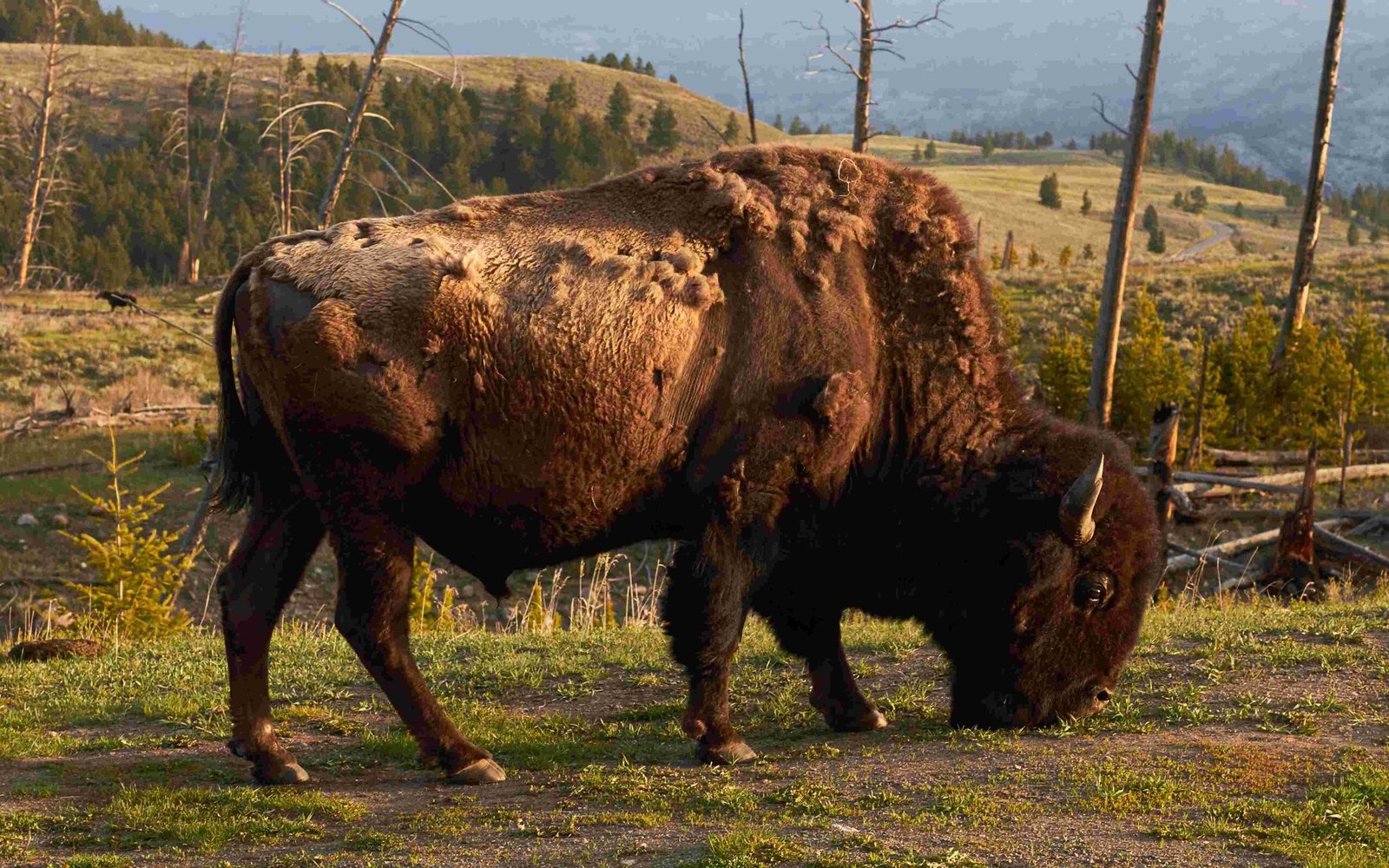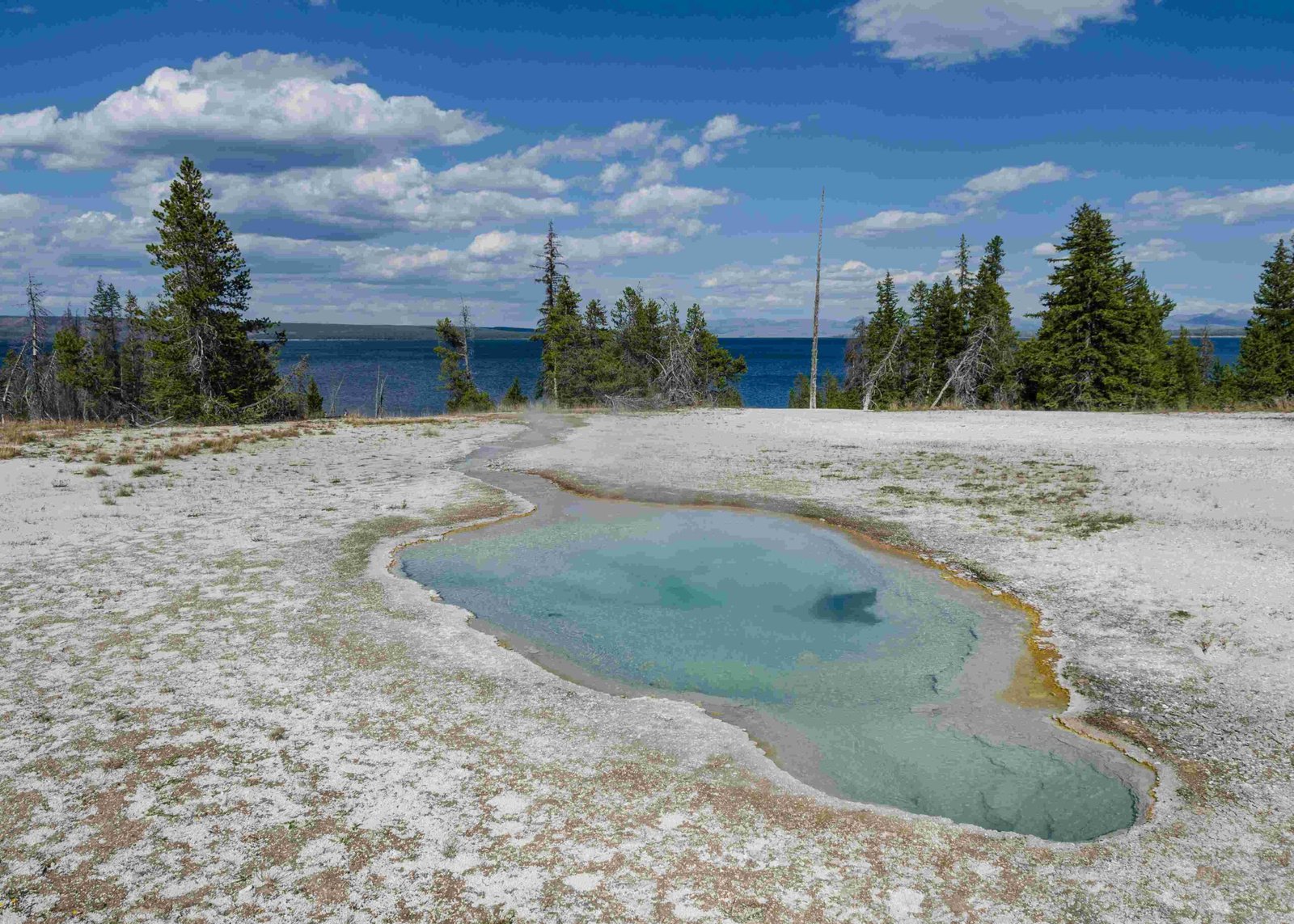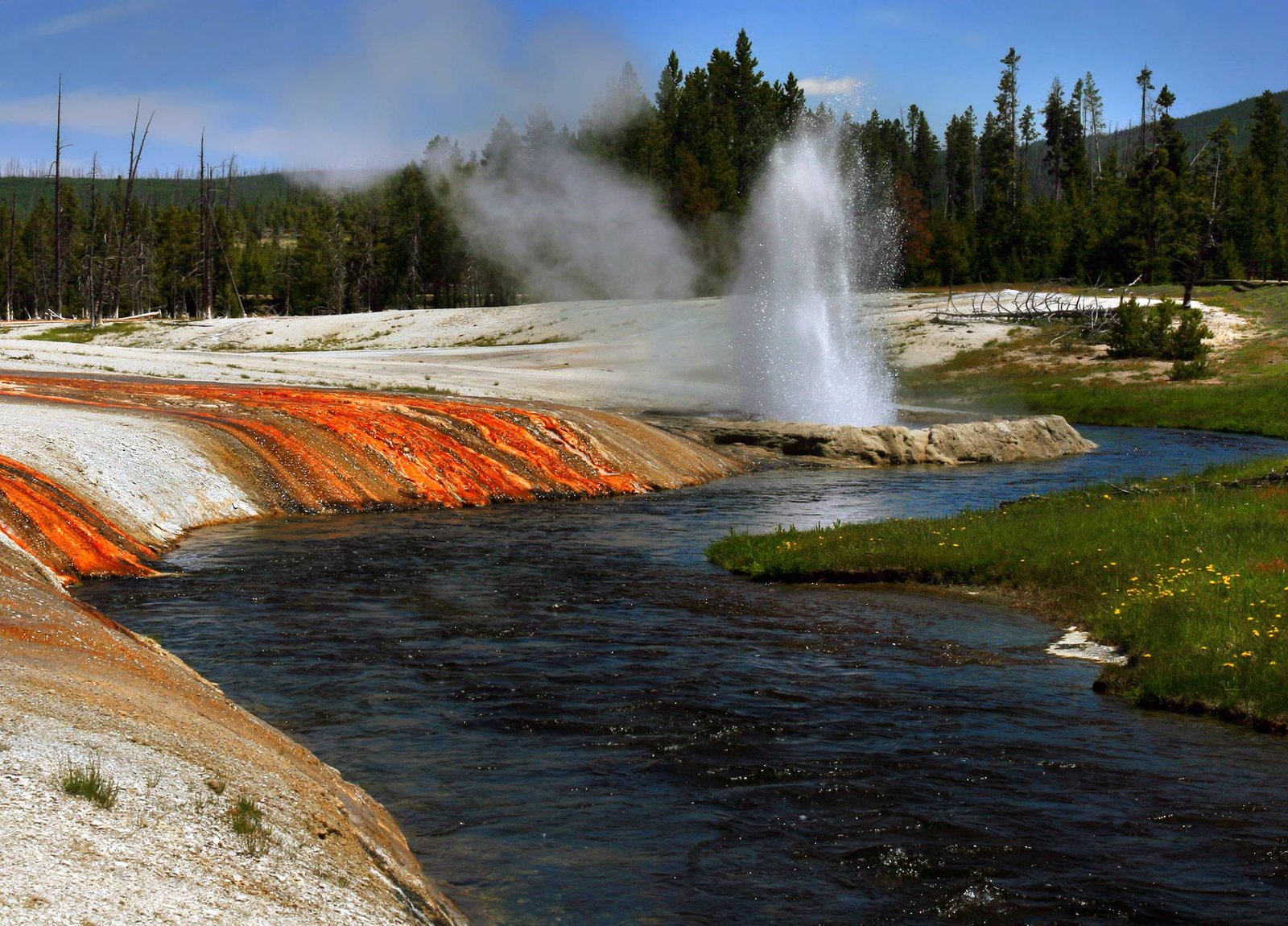Yellowstone National Park, renowned for its stunning landscapes and diverse wildlife, faces ongoing challenges with visitors disregarding crucial safety warnings. Despite extensive efforts by park authorities to educate and protect tourists, incidents of rule-breaking persist, leading to injuries, fatalities, and environmental damage. This article explores the consequences of ignoring safety guidelines, the types of warnings most frequently disregarded, and the measures taken by park officials to ensure visitor safety.
What Are the Most Common Safety Warnings Ignored by Tourists?

Tourists visiting Yellowstone National Park often overlook or deliberately disregard several key safety warnings:
- Wildlife distance regulations
- Thermal area restrictions
- Swimming and soaking rules
- Off-trail hiking prohibitions
- Food storage guidelines
These warnings are designed to protect both visitors and the park’s delicate ecosystem. However, the allure of close wildlife encounters or the desire for the perfect photograph often leads tourists to ignore these crucial safety measures.
How Frequently Do Tourists Disregard Safety Warnings?

While exact statistics are not readily available, park officials report numerous incidents each year where tourists ignore safety warnings. These occurrences range from minor infractions to severe accidents resulting in injuries or fatalities.
Some notable incidents include:
- Multiple bison attacks due to visitors approaching too closely
- Several cases of visitors falling into hot springs after leaving designated boardwalks
- Numerous bear encounters resulting from improper food storage or hiking in restricted areas
The frequency of these incidents underscores the ongoing challenge faced by park authorities in ensuring visitor compliance with safety regulations.
What Are the Consequences of Ignoring Safety Warnings?
Disregarding safety warnings at Yellowstone National Park can lead to a range of consequences, varying in severity:
| Consequence | Description |
|---|---|
| Legal Penalties | Fines up to $10,000 and potential imprisonment |
| Injuries | From minor wounds to severe, life-altering injuries |
| Fatalities | In extreme cases, ignoring warnings can result in death |
| Environmental Damage | Disruption of natural habitats and wildlife behavior |
| Park Closures | Temporary closure of areas due to human-wildlife conflicts |
These consequences not only affect the individual involved but can also impact other visitors and the park’s ecosystem.
Why Do Tourists Ignore Safety Warnings?
Several factors contribute to tourists disregarding safety warnings at Yellowstone:
- Overconfidence: Many visitors underestimate the dangers posed by wildlife and natural features.
- Desire for unique experiences: The pursuit of extraordinary photos or close encounters with nature can override caution.
- Lack of understanding: Some tourists may not fully comprehend the reasons behind the safety regulations.
- Cultural differences: International visitors may have different perceptions of wildlife and natural hazards.
- Influence of social media: The pressure to capture impressive content for social platforms can lead to risky behavior.
Understanding these motivations is crucial for developing effective strategies to improve compliance with safety guidelines.
How Does the Park Enforce Safety Regulations?
Yellowstone National Park employs various methods to enforce safety regulations and protect visitors:
- Park Rangers: Trained personnel patrol the park, educating visitors and issuing citations when necessary.
- Signage: Prominent warning signs are placed throughout the park, especially in high-risk areas.
- Educational Programs: Regular presentations and workshops inform visitors about park safety.
- Fines and Penalties: Strict enforcement of rules through monetary fines and potential legal action.
- Technology: Use of cameras and other monitoring devices to identify rule violations.
Despite these efforts, the vast size of the park and the high volume of visitors make comprehensive enforcement challenging.
What Are the Most Dangerous Areas for Tourist Violations?
Certain areas of Yellowstone National Park are particularly prone to safety violations:
- Thermal Areas: Geysers and hot springs attract curious visitors who may venture off designated paths.
- Wildlife Hotspots: Areas known for frequent animal sightings often see tourists approaching too closely.
- Popular Hiking Trails: Off-trail exploration in these areas can lead to dangerous situations.
- Water Bodies: Lakes and rivers where swimming is prohibited still tempt some visitors.
- Scenic Overlooks: The desire for better views can lead to risky behavior near cliff edges.
Park officials focus extra attention on these areas to prevent accidents and protect both visitors and the environment.
How Can Tourists Better Prepare for a Safe Visit to Yellowstone?
To ensure a safe and enjoyable visit to Yellowstone National Park, tourists should:
- Research: Familiarize themselves with park rules and safety guidelines before arrival.
- Attend Orientation: Participate in park-led safety briefings and educational programs.
- Stay Informed: Check for current park conditions and any recent wildlife activity.
- Proper Equipment: Bring appropriate gear for hiking and outdoor activities.
- Respect Boundaries: Adhere strictly to all posted warnings and keep a safe distance from wildlife.
- Emergency Preparedness: Carry a first-aid kit and know how to contact park rangers in case of an emergency.
By following these precautions, visitors can significantly reduce the risk of accidents and contribute to the preservation of the park.
What Long-term Impacts Do Safety Violations Have on the Park?
Repeated safety violations by tourists can have lasting effects on Yellowstone National Park:
- Wildlife Behavior Changes: Frequent human interactions can alter animal behavior patterns.
- Habitat Degradation: Off-trail hiking and unauthorized access can damage delicate ecosystems.
- Increased Restrictions: Persistent violations may lead to stricter rules and limited access to certain areas.
- Resource Allocation: More funds and personnel may need to be directed towards enforcement rather than conservation.
- Public Perception: High-profile incidents can negatively impact the park’s reputation and visitation rates.
These long-term consequences underscore the importance of visitor compliance with safety regulations for the park’s future.
In conclusion, while Yellowstone National Park offers unparalleled natural wonders, it also presents real dangers to unprepared or careless visitors. The persistent issue of tourists ignoring safety warnings highlights the need for continued education, enforcement, and personal responsibility. By respecting the park’s rules and embracing a safety-first mindset, visitors can enjoy the beauty of Yellowstone while preserving it for future generations.
References:
1. Planning A Trip to Yellowstone: How to Stay Safe – Freeburg Law
2. Most Dangerous National Parks in the U.S. | 2007-2024 Data Analysis
3. Yellowstone’s gravest threat to visitors (it’s not what you might think)

